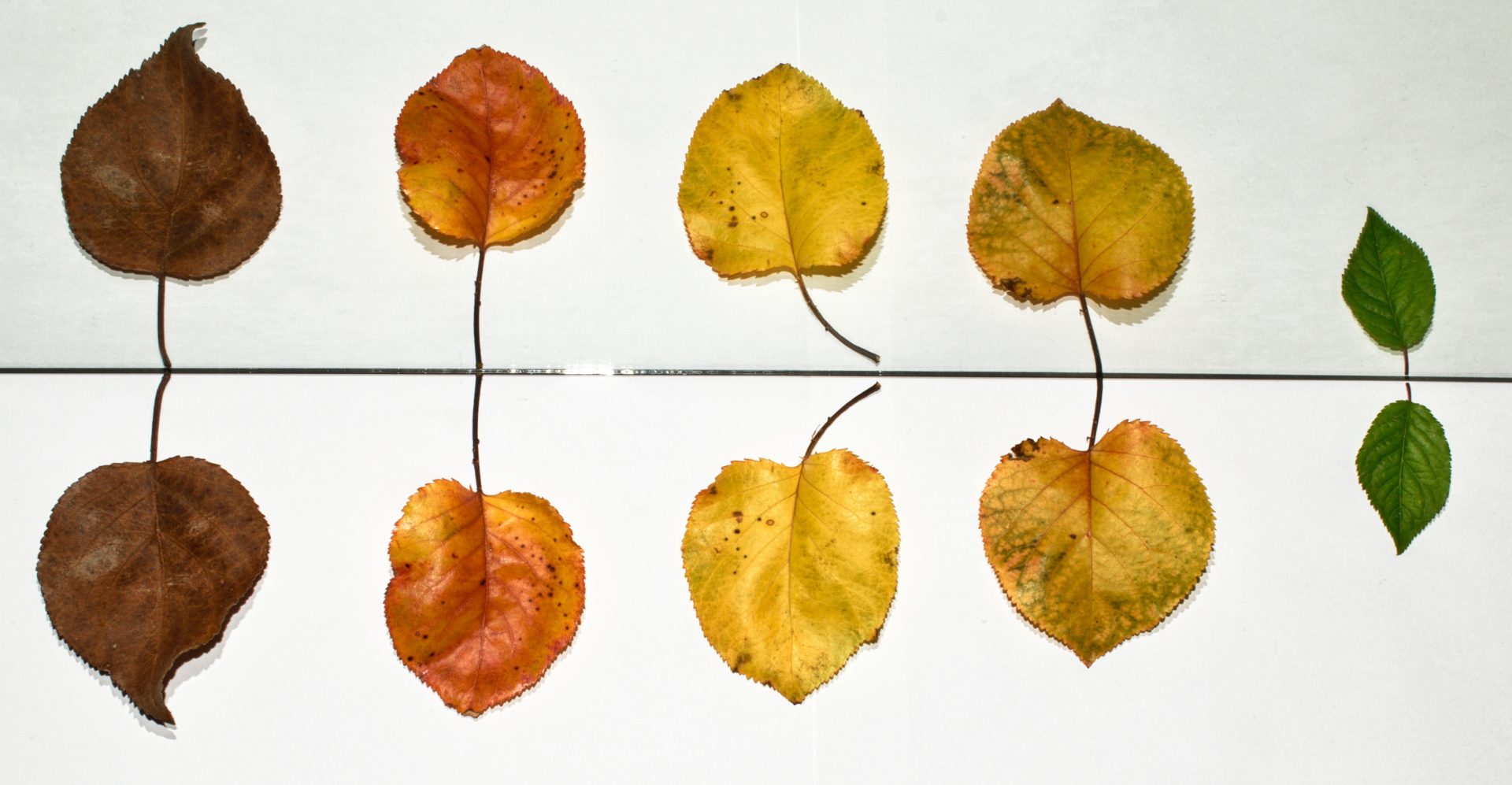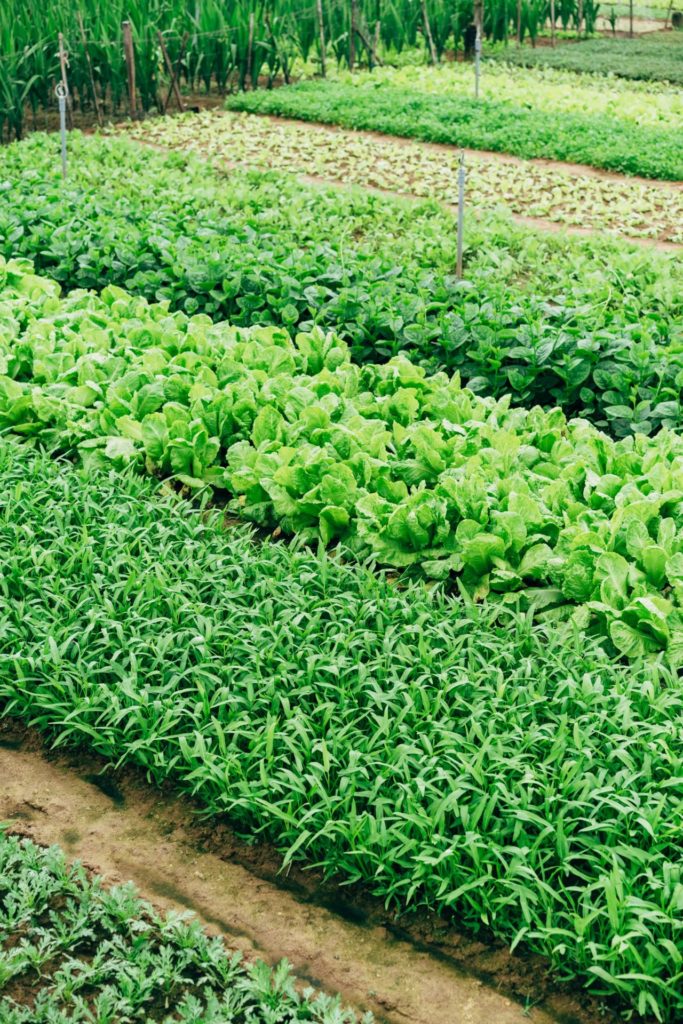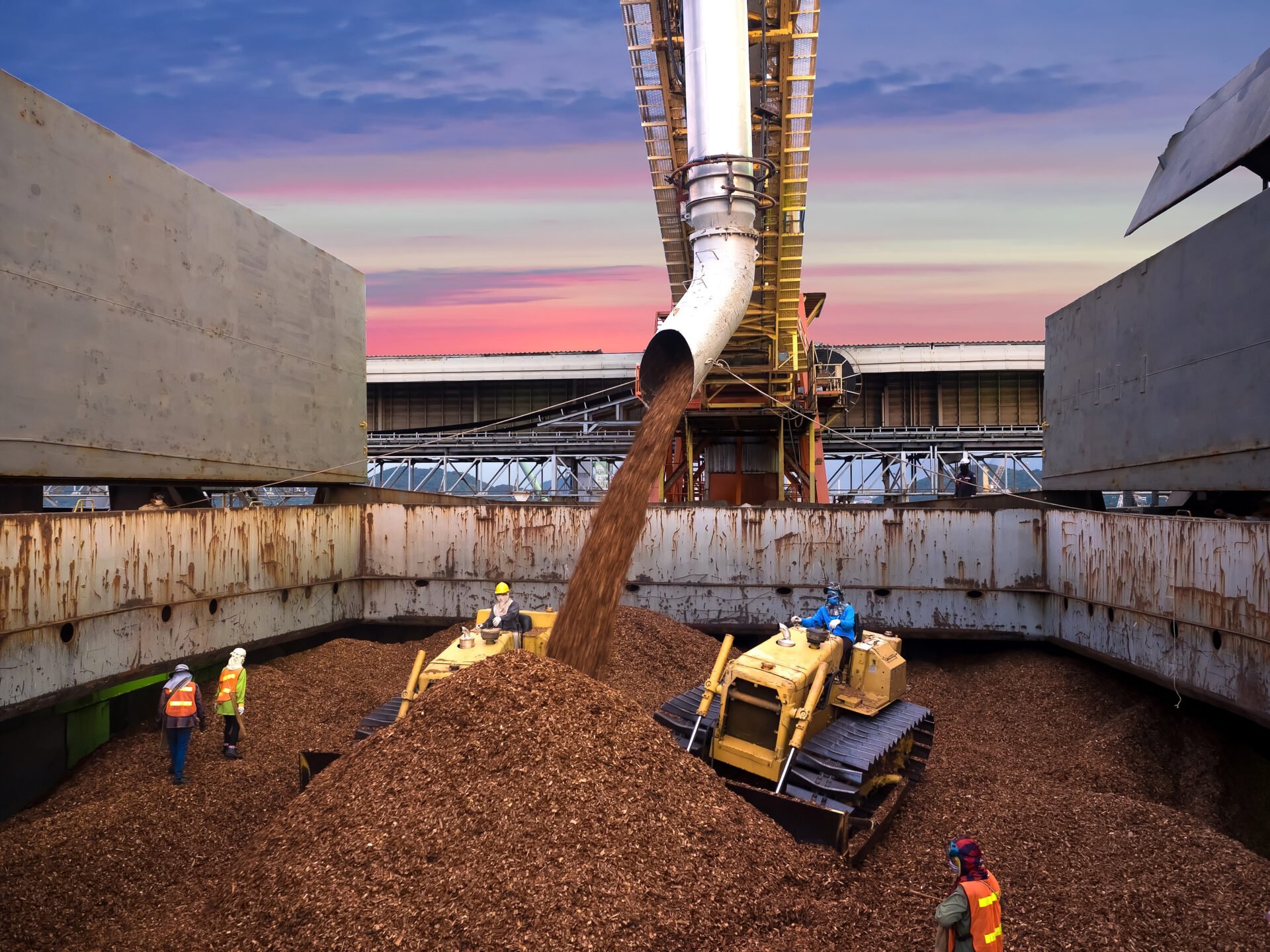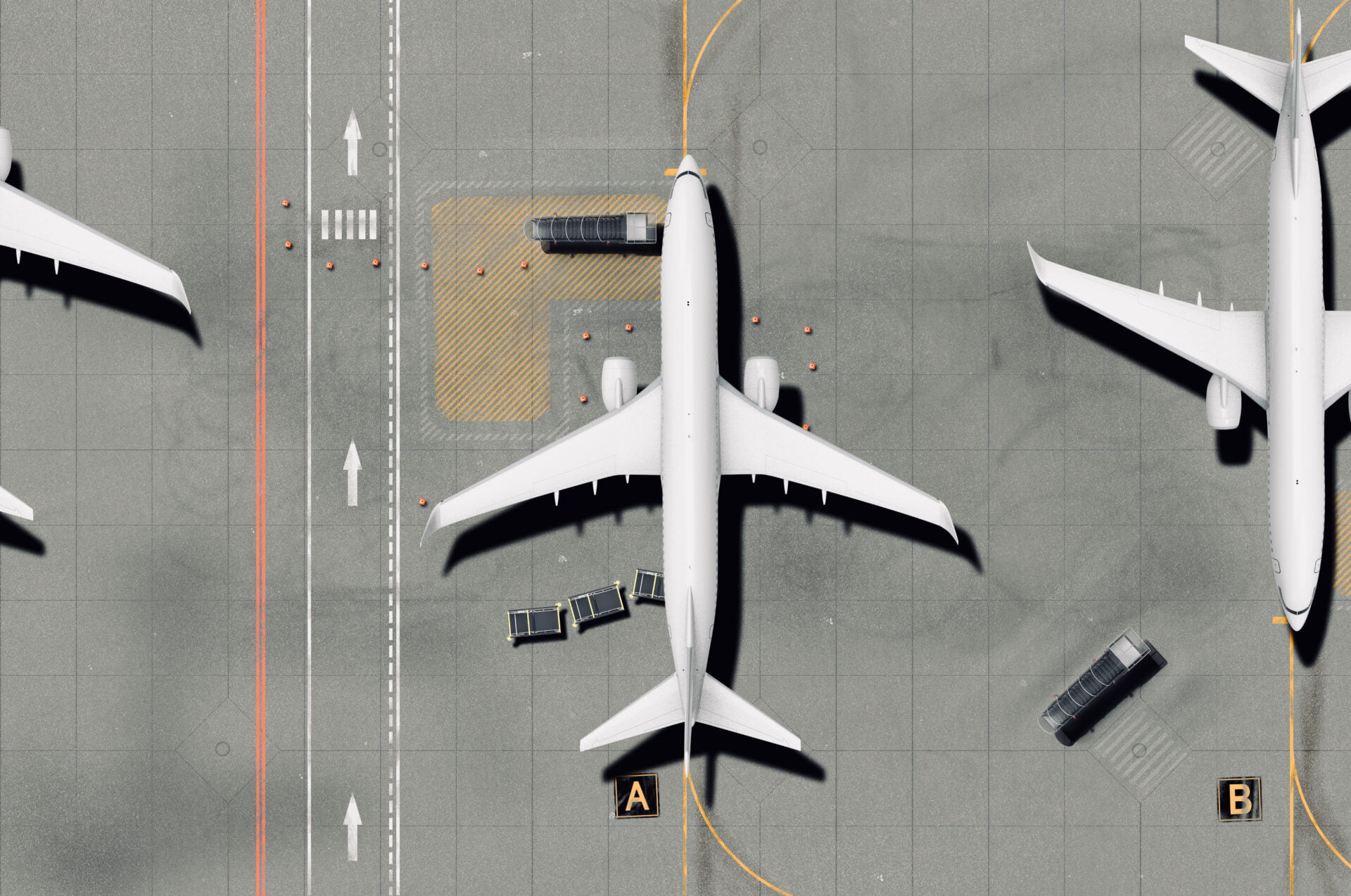AI, AgriTech, & Climate Change – Building Resiliency in Phenotyping
As climate change continues, farmers, botanists, producers, and plant breeders are doing what they can to develop the best crop models. They are all looking for ways to improve yields, plant phenotyping, and production b...

As climate change continues, farmers, botanists, producers, and plant breeders are doing what they can to develop the best crop models. They are all looking for ways to improve yields, plant phenotyping, and production by using the most efficient methods for the best crop outcomes.
Utilising every part of each plant eliminates or minimises plant waste and at the same time increases the quality and health of each plant, which increases the output of crops. Just how are they getting it done? With the use of AI in plant phenotyping.
Plant phenotyping also helps to keep up with ever increasing population growth, i.e., feeding the world. It builds crop resiliency in times of extreme environmental stress, such as recent years with the effects of climate change.

The Current Problem
While we may not give attention to our food, produce, or plants around us because we still find them easily accessible in grocery stores today, plants are greatly affected and will continue to be affected by climate change. In the last 19 years alone, global temperatures have been some of the warmest recorded.
These hot temperatures give rise to droughts, wildfires, and pest outbreaks, which all affect plant species. Italy is seeing its worst drought in 70 years and 43% of the USA is considered to be in a drought as well.
Wildfires are actively monitored and a dashboard is available for end-users to daily check the latest fires ravaging the USA. The consequences of climate change show that it could be too hot for plants to germinate in future years.
By using temperature controlled greenhouses, thanks to AI technology, we can start to save and preserve plant species that are in danger. Unfortunately, plants cannot evolve fast enough with our current climate change crises.
If we have a plant problem, we not only have a food production problem but also an ecosystem problem too.

Since climate change is greatly affecting our world, AI has become more important than ever in helping farmers, production companies, and botanists keep plants healthy, alive, and reproducing.
AI is helping plants thrive and grow in environments they might not have been able to before, thanks to the technology advancements in plant phenotyping.
The Aims of Crop Phenotyping
Crop phenotyping aims to quantify the quality of plants, improve photosynthesis, and grow or mass produce single plants or crops by using a broad variety of sensors and analysis procedures. Some of these sensors and procedures have originally been established in remote sensing, some in precision agriculture, while others are laboratory-based imaging procedures.
All sensors and procedures quantify plant colour, spectral reflection, chlorophyll-fluorescence, temperature, and other properties. From these properties, traits such as biomass, architecture, ear number, photosynthetic efficiency, stomatal aperture, or stress resistance can be derived.
Thus, crop phenotyping presents an indispensable means to investigate physiological principles involved in the control of basic plant functions as well as for selecting superior genotypes in plant breeding programs.
Supporting Plant Phenotyping
Selecting the best genotypes is particularly important because they support agriculture. For plant breeders, these genotypes will become the future cultivators–well-adapted to different environments.
Subsequently, plant phenotyping helps us to better understand the functioning of the crops. And this type of information is often used to calibrate crop models.

Plant Phenotyping Solutions
There are several recent advances in image analysis methodologies for plant phenotyping. These methodologies consist of four major steps:
- Pre-processing,
- Segmentation,
- Feature extraction,
- Classification.
Once these four major steps are completed, then the next part of the AI smart algorithm can work to take action in order to help the plants and produce thrive.
PlantEye technology
Some farmers and plant producers are using PlantEye technology, which combines 3D and multispectral information in order to assess plants, their health, quality, and growth.
PlantEye technology combines 3D and Multispectral information; the F600 stands as one of the world’s leading sensors in the field of Plant Phenotyping. This technology comes equipped with smart lighting and a multispectral scanner, which works in any type of light condition, 24/7.
These sensors can monitor and also regulate the temperature of plants. Furthermore, AI smart lighting helps to ensure plants have enough light, which alleviates plant pigmentation issues that are sometimes caused by the positioning of the plant and shadows.
Near infrared (NIR) wavelengths
NIR is also a methodology that calculates plant health. NIR is recorded and compared against a Normalised Difference Vegetation Index (NDVI) to obtain averages–kind of like a farmers almanac for plants.
This index records averages of overall plant health by species. It includes many vital variables of each plant in order to create a comparison catalogue of sorts. The NDVI knows exactly what the health issue is of particular plants and what potentially is causing them stress.
Instead of manually looking up these indices and doing a comparison with the naked eye, or of plant images to the NDVI, the AI does this automatically. The PlantEye technology captures images of these plants and completes a comparative analysis with the NDVI. All of the data is then transmitted as numerical outputs via an XML or Excel file.
Live graphs of data are given to monitor the fluctuations in each plant. Thus, providing easy to generate reporting tools and a holistic analysis at your fingertips through the enhancement of machine learning.

Other AI approaches to Plant Phenotyping
Other AI approaches include Microscan, TraitFinder, and FieldScan Indoor, just to name a few.
- Microscan: an easy-to-use tool which can scan each plant if you wish to be more hands-on. It can be used in all environments and is easily portable.
- TraitFinder: a piece of equipment that can be hung above your plants within your greenhouse and it automatically moves and scans your plants. It quickly provides a 3D scan of your plants and captures images for analysis.
- FieldScan Indoor: can be used outside on field crops. Additionally, it can provide environmental data, irrigate/water the crops, and give field analysis data too.
Many new, up-and-coming AI technologies are being implemented today to help battle climate change. Furthermore, these technologies also improve plant phenotyping and crop growth.
Conclusion on the Benefits of AI for Plant Phenotyping
Computer vision, machine learning is not only being used by IT companies and manufacturing companies. It is also being integrated into plant production companies.
Thus, AI is used in order to alleviate stressors placed on plants due to extreme environmental changes that emerged from climate change in recent years. The use of AI paired with plant phenotyping is improving quantity and quality of plant growth. This helps them to thrive in new, better controlled conditions that are sustainable for their species and reproduction.
The implementation of AI in plant phenotyping helps to create a more sustainable world for the food industry. As well as this, the solution also helps meet rising demands of population growth. Furthermore, it creates a higher quantity and quality of plants, decreasing plant waste, and increasing higher produce yields.
Work with Gemmo today for your AgriTech, CleanTech, and AI needs.
Author: Samantha Sink



